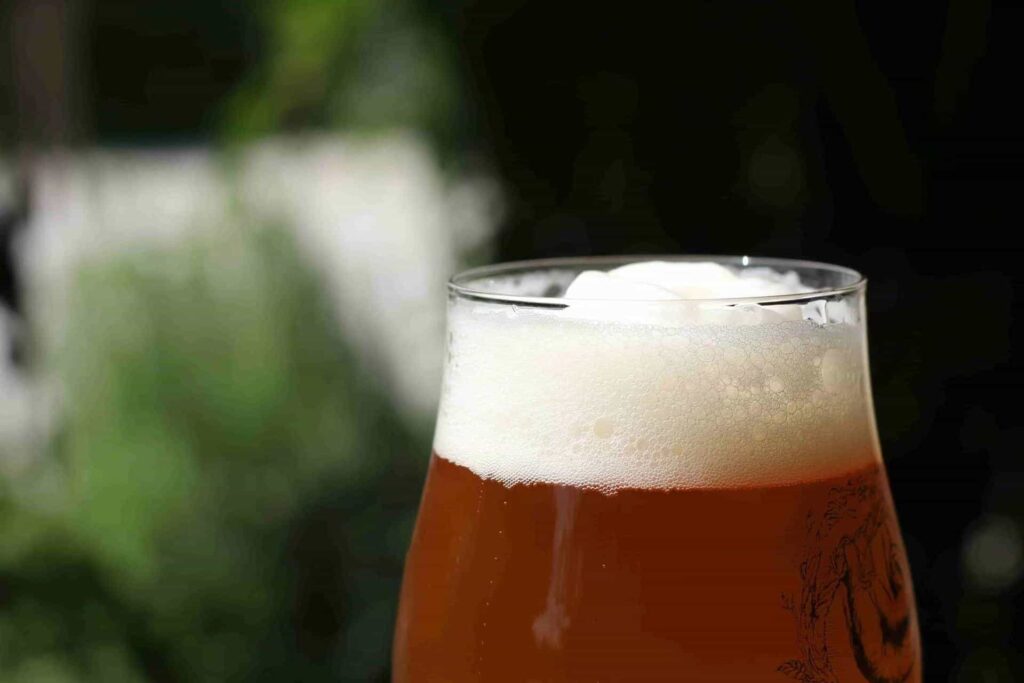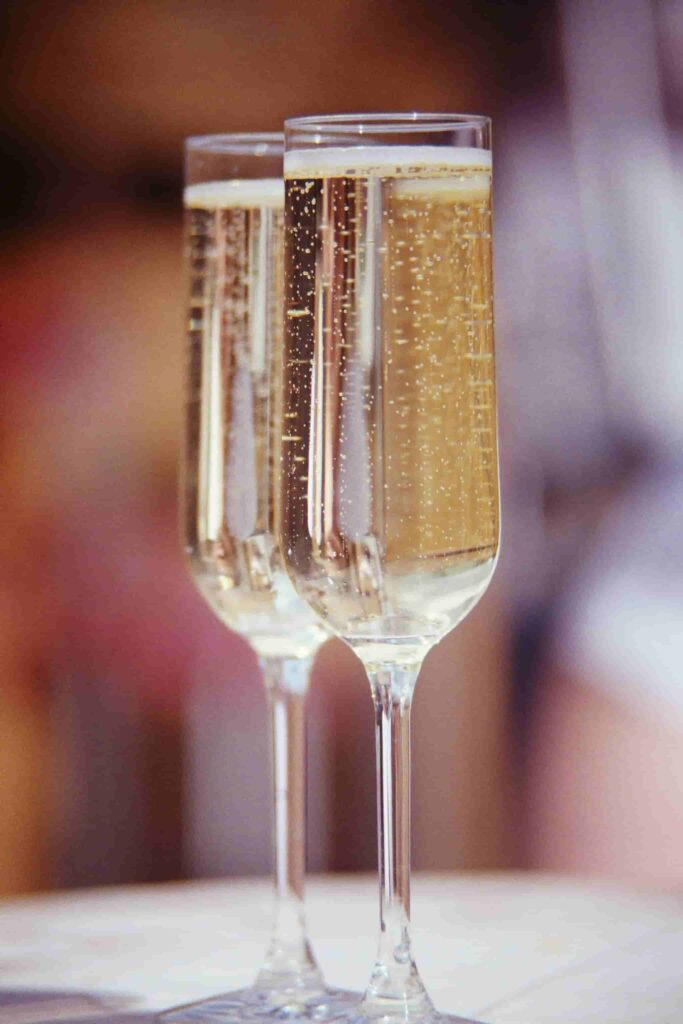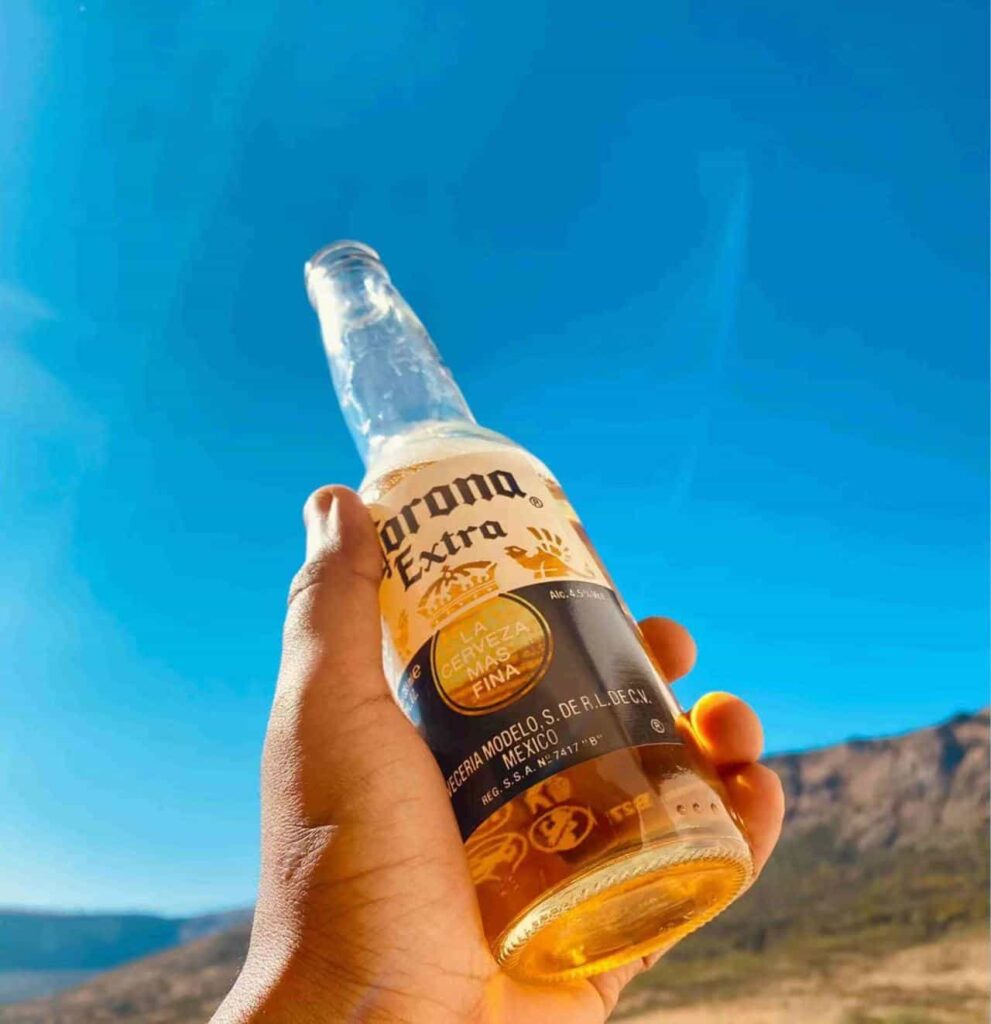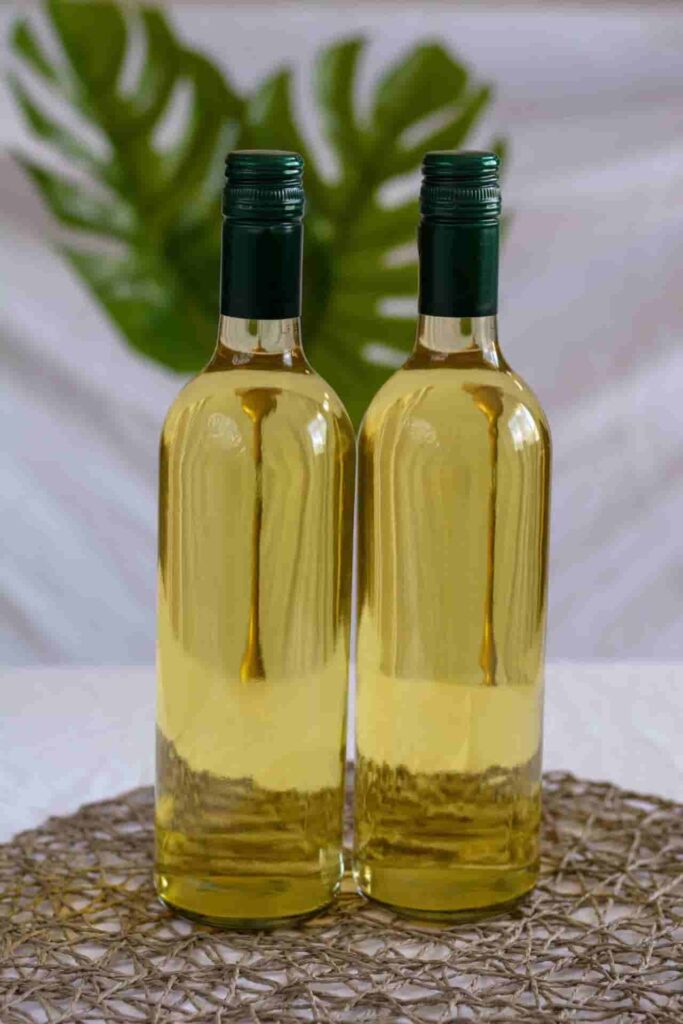Malt alcohol is a type of alcoholic beverage that is brewed using malted grains. The term “malt” refers to grains, typically barley, that have been soaked in water, allowed to germinate, and then dried in a kiln. This process converts the grain’s starches into fermentable sugars, which are then used in the brewing process to produce alcohol. Malt alcohol is a key ingredient in many popular beverages, including beer, whisky, and certain types of spirits.
Section 1 The Brewing Process of Malt Alcohol
Malting: The first step involves soaking the grains in water to begin germination. This converts the starches in the grains into sugars.
Mashing: The malted grains are then mixed with hot water to create a mash. The heat activates enzymes that further break down the starches into fermentable sugars.
Fermentation: The mash is then transferred to fermentation tanks where yeast is added. The yeast consumes the sugars and produces alcohol and carbon dioxide.
Distillation (for spirits): For beverages like whisky, the fermented liquid is distilled to increase the alcohol content.
Aging (for certain types): Some malt beverages, especially spirits like whisky, are aged in barrels to develop their flavors.

Section 2 Differences Between Malt Alcohol and Other Types of Alcohol
2.1 Malt Alcohol vs. Grain Alcohol
▶ Source
Malt alcohol is derived from malted grains, with barley being the most commonly used grain. The malting process involves soaking the barley in water, allowing it to germinate, and then drying it to halt the germination process. This crucial step transforms the starches in the grains into fermentable sugars, which are essential for alcohol production. In contrast, grain alcohol can be produced from a variety of grains, including corn, wheat, and rye. These grains do not undergo the same malting process. Making the initial stages of production quite different.
▶ Process
The malting process is unique to malt alcohol production and involves a series of intricate steps that significantly impact the final product’s quality and flavor. It begins with steeping the barley in water to start the germination process. Once germination begins, the barley is dried in a kiln to stop it. This process activates enzymes that convert the grain’s starches into fermentable sugars, which are vital for fermentation. Grain alcohol production, on the other hand, typically skips this malting step. Instead, the grains are milled and mashed directly, bypassing the germination and drying phases. This difference in processing methods leads to distinct variations in the resulting alcohols.
▶ Flavor
The malting process imbues malt alcohol with a richer, more complex flavor profile. The germination and drying stages develop unique compounds that contribute to the depth and character of malt alcohol. As a result, beverages like malt whisky and certain beers exhibit a wide range of flavors, from sweet and malty to smoky and peaty, depending on the specific malting and production techniques used. Grain alcohol, in contrast, tends to have a more neutral and less flavorful profile. This neutrality makes grain alcohol a versatile base for a variety of distilled spirits but lacks the distinctive characteristics found in malt alcohols.

2.2 Malt Alcohol vs. Fruit Alcohol
▶ Source
Fruit alcohol, such as wine or cider, is produced by fermenting fruits. Common examples include wine, made from grapes, and cider, made from apples. The fruit serves as the primary ingredient, providing the sugars needed for fermentation. Unlike malt alcohol, which is derived from malted grains like barley, fruit alcohol leverages the natural sugars present in the fruit itself. This fundamental difference in the source material sets the stage for distinct production processes and flavor profiles.
▶ Process
The fermentation process for fruit alcohol involves converting the natural sugars found in fruits into alcohol. In winemaking, for example, grapes are crushed to release their juice, which is then fermented by yeast. The yeast consumes the fruit sugars, producing alcohol and carbon dioxide as byproducts. This process can vary significantly depending on the type of fruit and the desired end product. For cider, apples are pressed to extract the juice, which is then fermented in a similar manner. In contrast, malt alcohol production involves the conversion of starches in malted grains into fermentable sugars through the malting process, followed by fermentation. This difference in the source of sugars—fruit sugars versus grain-derived sugars—leads to variations in the fermentation process and the characteristics of the final product.
▶ Variety
One of the most striking differences between fruit alcohol and malt alcohol is the diversity of flavors. Fruit alcohols offer a wide variety of flavors, largely influenced by the type of fruit used and its inherent characteristics. For example, wines can range from dry to sweet, with flavor notes of berries, citrus, or tropical fruits, depending on the grape variety and winemaking techniques. Similarly, ciders can exhibit a spectrum of flavors from sweet and fruity to tart and dry, influenced by the apple varieties and fermentation methods used.
On the other hand, malt alcohol flavors are primarily influenced by the type of grain and the specific malting process employed. While there is significant variety within malt alcohols, such as the differences between a smoky Scotch whisky and a sweet, malty beer, the flavor profiles are generally rooted in the characteristics imparted by the malted grains. The complexity and depth of malt alcohol flavors come from the malting process, the type of grain used, and additional production techniques like aging and the use of different types of barrels. This makes malt alcohol distinctly different from the fruit-driven diversity of wines and ciders.
Section 3 Types of Malt Alcohol
▶ Beer
Beer is the most common form of malt alcohol. It is typically brewed from malted barley, hops, yeast, and water. The fermentation process for beer is relatively short, and it can be produced in a variety of styles, including lagers, ales, stouts, and pilsners.
▶ Whisky
Whisky is a distilled spirit made from fermented malted grains. The distillation process increases the alcohol content, and the spirit is often aged in wooden barrels to enhance its flavor. There are several types of whisky, including Scotch, bourbon, and rye, each with distinct characteristics.
▶ Malt Liquor
Malt liquor is a type of beer with a higher alcohol content. It is brewed in a similar way to beer but often includes additional sugars or adjuncts to boost the alcohol level.

Section 4 Suitable Glass Bottles for Malt Alcohol
Choosing the right glass bottle for malt alcohol is essential for preserving its quality and enhancing its presentation. Here are some common types of glass bottles used for various malt beverages:
▶ Beer Bottles
○ Amber Bottles: These dark-colored bottles protect beer from light exposure, which can cause skunking (an unpleasant odor and flavor).
○ Green Bottles: Commonly used for certain styles of beer, especially European lagers, though they offer less protection from light.
○ Clear Bottles: Often used for specialty beers where the appearance is important, but they provide the least protection from light.

○ Decanter Style: Elegant and often used for premium whiskies. These bottles are usually heavy and have a distinctive shape.
○ Tall Round Bottles: Commonly used for standard whiskies, providing a classic look.
○ Square Bottles: Often used for bourbon and other American whiskies, giving a distinctive appearance on the shelf.

▶ Malt Liquor Bottles
○ Forty Ounce Bottles: Typically used for malt liquor in the U.S., these large bottles are designed for high alcohol content beverages.
○ Standard Beer Bottles: Used for malt liquors that are closer in alcohol content to regular beers.

Section 5 Tips for Selecting Glass Bottles
○ Material Quality: Ensure the glass is of high quality to prevent any chemical interactions that could affect the beverage’s taste.
○ UV Protection: Opt for dark-colored bottles for beverages sensitive to light to maintain flavor integrity.
○ Seal Quality: Choose bottles with airtight seals to prevent oxidation and preserve freshness.
○ Design: Consider the bottle’s design and how it aligns with your brand image and target market.
Conclusion
Malt alcohol is a diverse category of alcoholic beverages made from malted grains. Understanding the differences between malt alcohol and other types of alcohol can help in appreciating its unique qualities. Whether you are a brewer, distiller, or enthusiast, choosing the right glass bottle is crucial for preserving the quality and enhancing the presentation of your malt beverages. From the brewing process to the final packaging, every step plays a vital role in delivering a product that stands out in the market.











